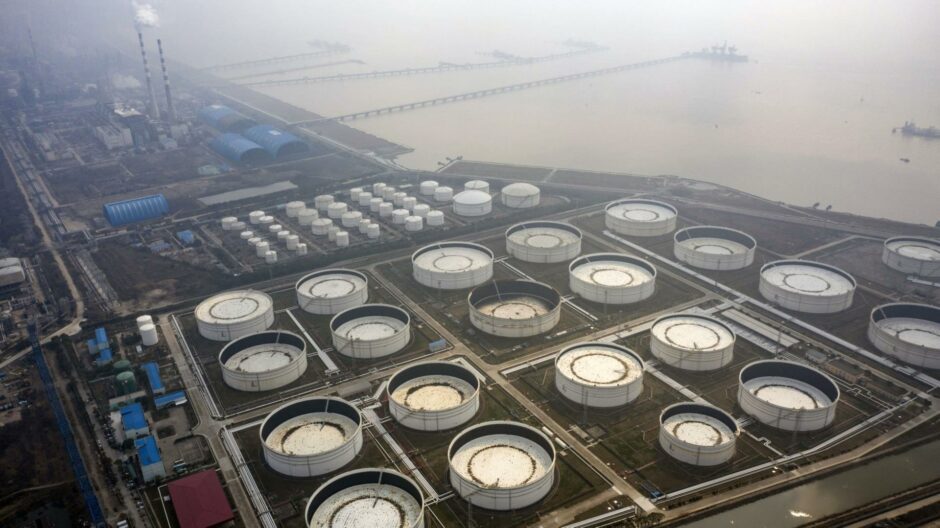
Oil is poised to eke out a fifth monthly advance after another tumultuous period of trading that saw prices whipsawed by the fallout of Russia’s war in Ukraine and the resurgence of Covid-19 in China.
West Texas Intermediate futures climbed above $106 a barrel on Friday and are up almost 6% in April. The war has entered its third month despite diplomatic efforts for a cease-fire, and the European Union appears to be making gradual progress toward a ban on Russia crude imports.
China’s virus outbreak has added another source of volatility to the market. The nation has extended mass testing to more cities, with lockdowns leading to swelling oil stockpiles and putting the world’s biggest crude importer on track for the largest hit to demand since the early days of the pandemic.
“The disruption to Russian oil supply has been limited so far, but the pressure will keep rising,” said Victor Shum, Singapore-based vice president of the Oil, Midstream and Downstream Advisory for S&P Global Commodity Insights. “The worst domestic outbreak in mainland China since early 2020 continues to grow. Covid-19 is not done with the oil market.”
Oil has fluctuated around $100 a barrel throughout April and its fifth monthly gain will be the longest winning streak since January 2018. The war has fanned inflation and led to the U.S. and its allies this month agreeing to a co-ordinated release of strategic crude reserves to try and tame rising energy prices. The invasion has also significantly tightened the diesel market.
Diesel futures in New York jumped as much as 2.1% on Thursday to the highest level in data going back to 1986 ahead of the contract expiration on Friday. It’s become the world’s most in-demand fuel as buyers compete for supplies from U.S. Gulf Coast refiners, which have stepped up to plug the gap left by Russia.
Prices
WTI for June delivery climbed 0.7% to $106.06 a barrel on the New York Mercantile Exchange at 6:01 a.m. in London.
Futures are up 5.8% this month.
Brent for June settlement, which expires Friday, gained 0.8% to $108.45 on the ICE Futures Europe exchange.
The more active July contract rose 1% to $108.36.
Brent remains narrowly backwardated after nearing a bearish contango structure on Tuesday. The global benchmark’s prompt timespread was 22 cents a barrel in backwardation — a bullish pattern — compared with as high as $5.88 in early March, just after the Russian invasion of Ukraine.